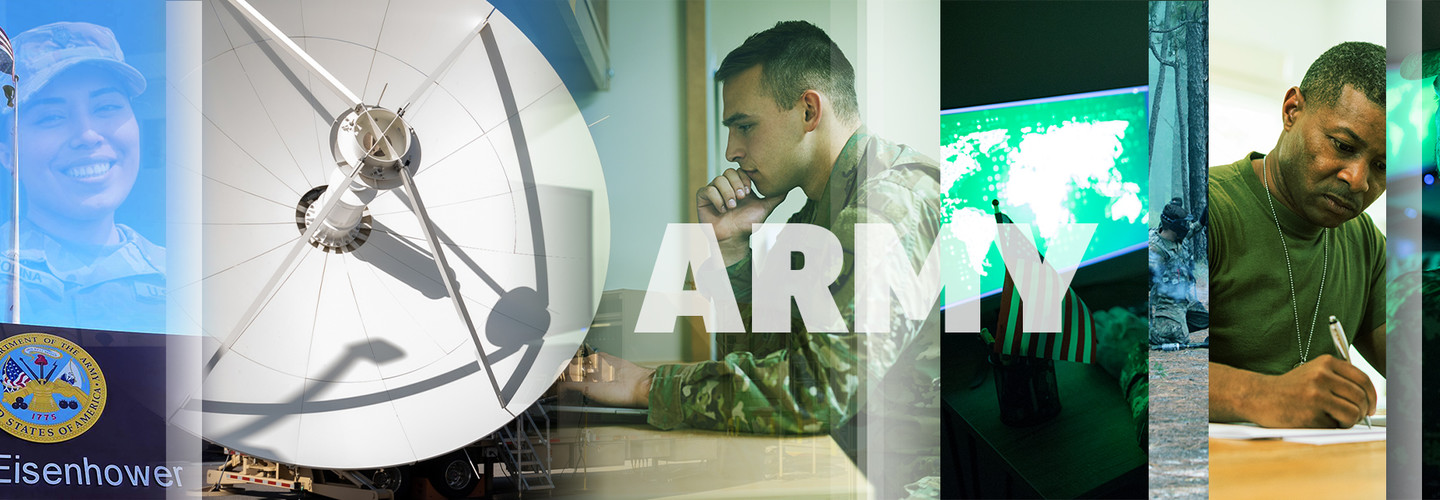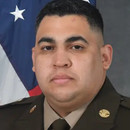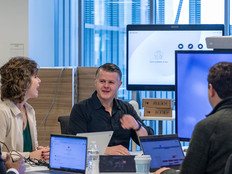Temporary Network Security Solutions Had Limitations
In the pandemic’s early days, the Cyber School adjusted in the usual ways — reconfiguring classrooms so students were 6 feet apart, requiring masks, sanitizing the facilities several times a day.
Virtual learning was not an option for all students because the base did not provide junior enlisted soldiers with internet capability in the barracks where they were required to live, says Master Sgt. Frank Estrada, the Cyber School’s senior adviser for cyber education and training.
“And a lot of what we do is classified information, so it would have to be across classified systems,” Boudreau says. Officers could opt for remote, but had to be physically present on the base to access classified course material.
DIVE DEPPER: Why the National Guard relies on outside experts to train cyber workers.
Although the base began preparing for possible remote work in the late summer, the first real crunch came during the November-December holidays, when soldiers would take leave and go off base. Quarantine requirements kept returnees out of the classroom for two weeks.
While the enlisted soldiers could buy commercial Wi-Fi for use in the barracks, the connection was often overloaded, and the network was not secure enough for classwork, he adds. The base set up its own Wi-Fi and VPN for quarantined soldiers, but it was available only for the two weeks they were in isolation.











